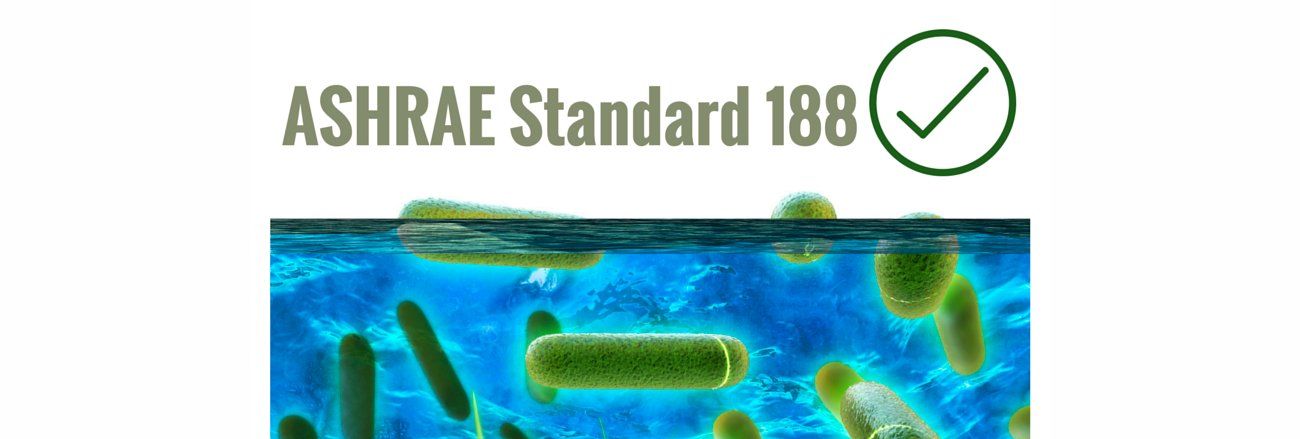I have had the honor to represent ASHE to the committee for ASHRAE 188, the standard for Legionellosis, Risk Management for Building Water Systems. This week, ASHRAE formally published this document. The standard will now go into the continuous maintenance process, by which it can be kept up to date much more readily than can most model codes and standards.
Previous versions of the standard had resulted in some controversy. But new ASHRAE leadership and a new committee have been able to come together and find common ground in a standard that balances the many imperatives of all buildings but especially those in a healthcare setting.
During the process, the healthcare community was represented not only by me, as the ASHE representative, but also by many others who are truly remarkable – Steven Cutter from Dartmouth Hitchcock Medical Center (who was my alternate), John D’Angelo formerly of New York Presbyterian Medical Center, Dr. Wayne Thomann Epidemiologist from Duke University Medical Center, Erica Stewart EHS from Kaiser Permanente, Linda Dickey an Infection Preventionist from University of Irvine Medical Center, representing APIC, and Dr. Claressa Lucas a microbiologist from the CDC, as well as other staff and volunteers from ASHE who helped with their expertise and advice.
The biggest accomplishment of the committee was the creation of a healthcare specific compliance path. This path recognizes the broad range of infection threats, healthcare facility infection prevention expertise and existing ongoing regulations for infection prevention. Thus, if a healthcare organization has a qualified infection preventionist and/or epidemiologist, working as part of a team with a qualified facility manager, such as those trained by the ASHE resources, it can follow a path tailored to the needs and regulatory reality of licensed healthcare facilities. For those without these resources, the normal processes will apply.
In the guideline development, ASHE and APIC raised three general concerns, all of which are incorporated as follows…
First, from an infection prevention perspective, Legionella is only one of many waterborne threats, and, relative to other sources of hospital-acquired infection, a very minor one. The concern was that the standard should not require an inappropriate diversion of resources for this one threat in a way that would prevent effective broader infection prevention efforts. The new document contains provisions that allow the threats from Legionella to be appropriately addressed within the context of a broader infection prevention program.
Second, some earlier drafts of the 188 standard contained rather harshly prescriptive requirements. The current version provides significantly more flexibility to the individual facility to assess areas of concern, and needed prevention measures, based on its available expertise and active surveillance.
Finally, there was a concern for regulatory burden. Licensed healthcare facilities already groan under the weight of documentation required by many accrediting and other regulatory bodies. ASHE was concerned that these 188 regulations would impose additional documentation burdens on its members. The current version, though, allows documentation performed for such other needs to also serve to document compliance with waterborne risk management.
Overall, the regulations are crafted to balance the various needs, with the overall objective to use the least resources to protect the most lives.
And, to the degree that we may have fallen short of the mark, I encourage everyone to help the committee with proposed addendums. Probably the best thing resulting from the process was the spirit of understanding and cooperation inspired by committee chair Tom Watson. To him, to APIC, to ASHE, to the many members of the committee, is due the credit. To the extent that we made mistakes – tell us, and we will make them right.
Walt
Interested in what you see? Subscribe to receive monthly news and information
more tailored to what you need.

